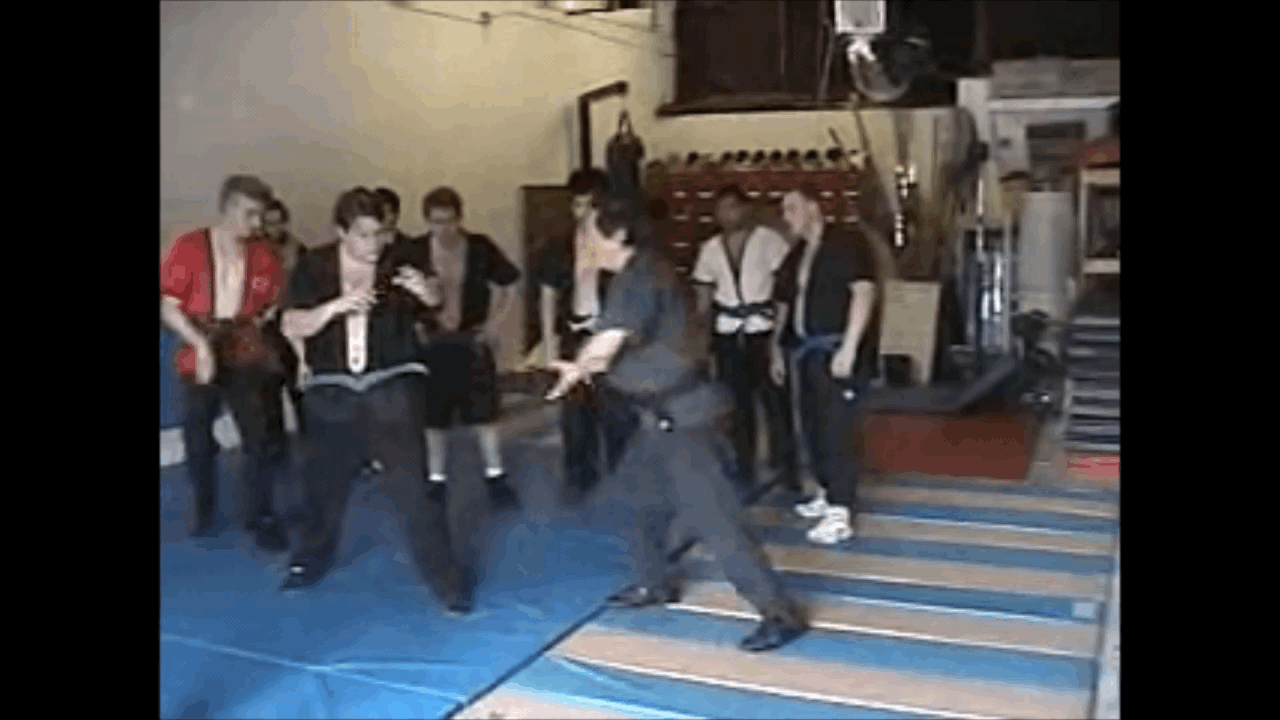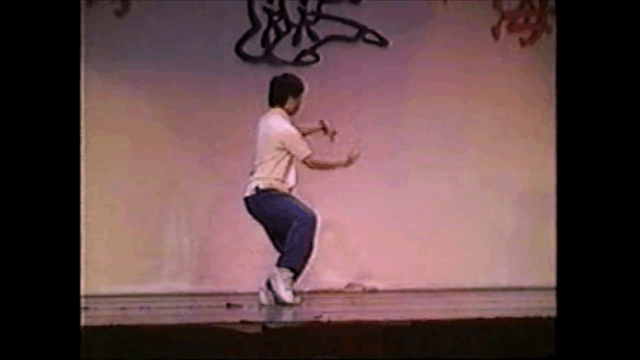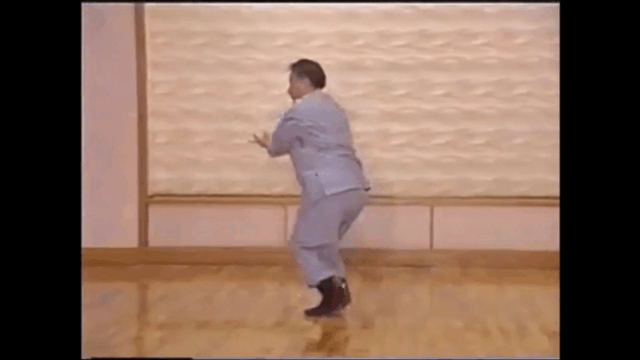In Latosa Escrima, we often assume a southpaw, "power-side forward" stance and place relatively more weight on our front leg and you drop your weight as you punch (sometimes even stamping sorta "Baji style"). When adopting that approach, it is easy to maximize your power linking your punch to the movement of your front foot.
The difference between that and the WC method described earlier really has to do with stance and weighting. Both depend on body unification for a powerful punch.
The difference between that and the WC method described earlier really has to do with stance and weighting. Both depend on body unification for a powerful punch.
Last edited:



